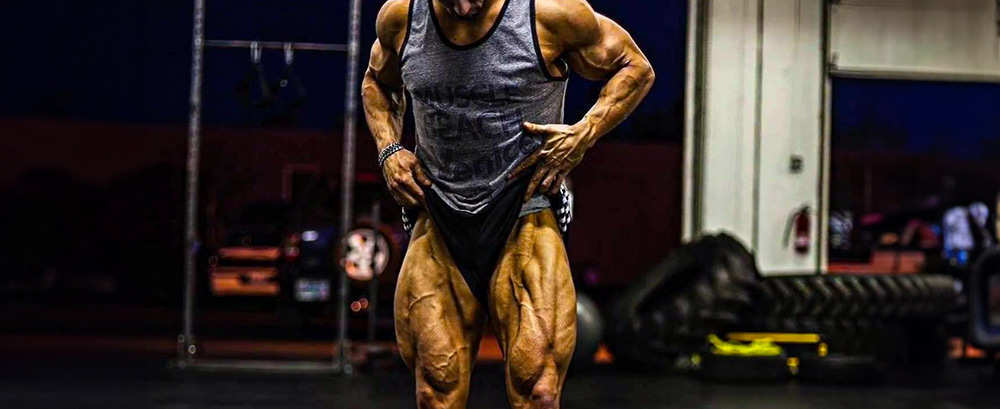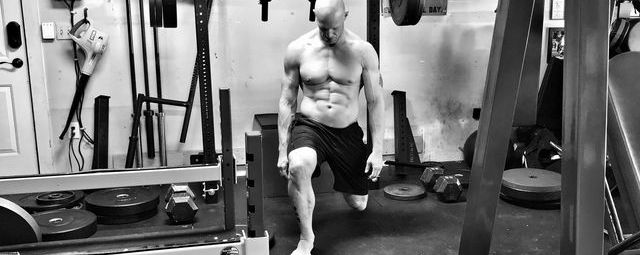No, I just find out this article eheh
However I remember an article of B. Maximus where he has a "challenge" of lunge walking 1 mile. That's some serious torture as well I gues

If you can last the whole mile, your legs will be able to handle just about anything.

www.menshealth.com
"Lunging for distance is one of the smartest things..."
This is dependent on the trainng objective.
1) Forward Lunges
Many indvididuals drive the knee past the toes when performing Forward Lunges.
Doing so, increases the "Shear Force" (Torque) placed on the knees.
That may not be an issue for some. However, it can be an issue for others.
2) Backward Lunges
This type of Lunge ensures that the the shins remains at 90 degrees, perperpendicular to the floor.
Very little if any "Shear Force" is placed on the knees.
"It also builds you stronger, more efficient legs. Runners will be able to power up hills quicker. And lifters will notice more reps and quicker recovery.
Lunging for distance, such as a mile non-stop is Endurance Training rather than Strength Training.
Lunging for a mile provide a a minimal amount of Limit Strength development and virtually no increase in Power.
The only thing it does is increase your Endurance Capatity to reach the top of a hill.
Limit Strength, Power and Speed Training
Training these Strength Conponents is training develope the Type IIb/X "Super Fast" and Type iia Fast Twitch Muscle fiber with 1-5 Repetiotion per Set in the Phosphagen Energy System. A Set of Repetition that is maintained at approximately 10 Second is optimal.
Type IIa are continue to be innervated between 30 second to 2 minutes. However, as the time increased, Type IIa innervation drop quickly.
After about 2 minutes. the workload shift over to the Slow Type I Muscle, Endurance Muscle Fiber.
Take Home Message
1) Lunging for a mile is Endurance Training.
Virtually very little in Limit Strength, Power or Speed is developed.
2) Forward Lunges
There is a tendancy to drive the knee forward past the knees.
That isn't a problem for some individual, for other it is.
3) Backward Lunges
This maintains the knee in a neutral postition. The shin at a 90 degree angle, keeping in a neutral postion.
4) Lunging For A Mile
This is Endurance Training; effective at developing Slow Twitch Muscle Fiber and counter productive for develoing Limit Strength, Power and Speed



